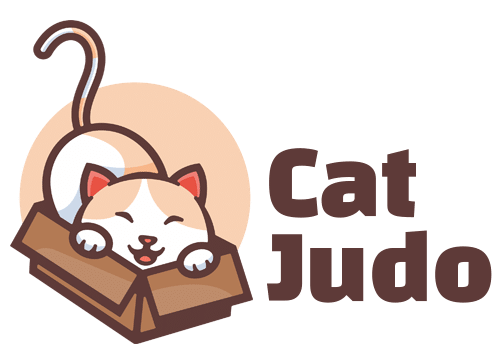The best food for Persian cats has probably been a question for Persian cat owners. Persian cats require a specific diet to keep their long luscious coats in good condition. It prevents health issues and prevents them from getting sick.
There should be a balance between wet and dry food in the diet of Persian cats. Wet food should be fed in the mornings and evenings, with fresh dry food and clean water available around the clock. Persian cats require a lot of protein as well. Various types of meat may be used, such as chicken, beef, turkey, fish, rabbit, or pork.
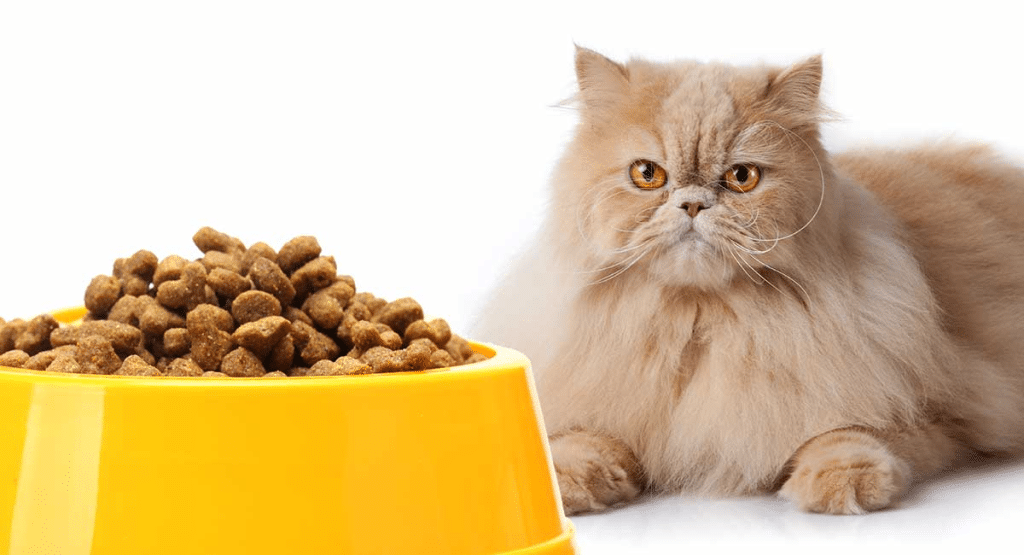
Source: google.com
Is There Anything in particular that Persian Cats Like?
Inherently, cats are cats, regardless of their breed. Wild cats also enjoy meat, just like their domesticated relatives. Various quality wet and dry foods are available for Persians, providing them with a balanced diet. Provide your Persian with a balanced diet that includes fats, proteins, carbohydrates, minerals, and vitamins.
Neither dry nor wet food is forbidden to Persians. There are several advantages to eating dry food over canned food, including being easier to store and costing less.
If not consumed in time, wet food can spoil quickly due to its meaty goodness. The energy density of canned cat food is typically lower than that of dry food.
To stay healthy and in good nutrition, Persian cats eat animal products other than meat; all cats are strict carnivores. Protein is three times more critical for them than for omnivores.
Since they break down these valuable proteins into amino acids, cats can use them to fuel play, self-care, and maintain their general health. Despite making our own 22 amino acids, cats must get 11 of them from food. Cats are great because they make all 22 amino acids we need.
Pet food owners must carefully read all labels before purchasing pet food for these animals, which is another reason they need foods containing animal proteins.
What You Need to Know About Persian Cat Food
We should spend some time discussing cat food before we look at the best cat foods. Rather than looking at specific cat food brands, we’ll understand Persian cat diets better.
Persian cats shouldn’t eat these foods.
Cats cannot eat certain foods because they are toxic. Do not feed these foods to your Persian cat as they may cause health problems.
- Chocolate- Almost all dog owners are aware of the dangers of chocolate for dogs, however in the case of cats, it is often overlooked. Cats are also poisoned by chocolate. Several side effects can be caused by chocolate’s methylxanthines, including vomiting, diarrhoea, seizures, and others.
- Caffeine- Methylxanthines are also present in caffeine. You mustn’t allow your cat to accidentally consume coffee, soft drinks, or anything else that contains caffeine.
- Grapes and Raisins- While the exact cause of kidney damage is unclear, grapes and raisins are thought to cause kidney damage in cats. Cats who consume grapes or raisins may throw up, experience abdominal pain, and have general lethargy symptoms within a few hours.
- Onions, Garlic, and Chives- Upon consumption, these foods may damage your pet’s red blood cells, ultimately resulting in anaemia. These results are generally caused by large amounts of onions, garlic, or chives. There are also dangers associated with concentrated soup mixes or powders.
- Alcohol- Cats can suffer numerous health problems from alcohol poisoning, including vomiting, diarrhoea, coma, and death.
- Raw Eggs- Consuming raw eggs can cause salmonella poisoning or E Coli poisoning. Cats can also develop skin problems if they consume raw eggs.
- Dog Food– In general, cat food is not toxic but not suitable for them. There is a difference in the number of nutrients dogs, and cats need. The amount of Vitamin A and taurine in dog food is much less than that cats need. Cats can develop heart disease and vision problems if they do not receive these nutrients.
- Milk- Contrary to popular belief, milk isn’t always suitable for cats. The lactose in milk can be problematic for adult cats, but it isn’t toxic to them. There is a possibility that they will throw up or have diarrhoea if they drink milk.
Your cat may be poisoned or injured by these foods. Table scraps should not be fed to your cat. Your cat should not be able to access these foods. Keep them locked away or out of reach. Consult your veterinarian as soon as possible if you suspect your cat consumed any of these toxic foods accidentally.
Foods that are healthy for Persian cats
It is generally recommended that you not feed your Persian cat table scraps. The nutritional balance in commercial cat food is exactly what your cat needs to stay healthy. For Persian cats, there are some “human foods” that are healthy if you want to give them a treat or make their food.
- Meats- As obligate carnivores, cats must consume meat to survive. To remain healthy, they need a lot of protein in their diet. Several cat foods are available for Persian cats, including meat, chicken, salmon, turkey, beef, and rabbit. Don’t give your cat uncooked meat.
- Wheat and Oats- Wheat and oats might not be your cat’s favourite food, but they are safe and healthy for them to eat. Besides having high B vitamins, oats are also a great energy source.
- Bananas- Offer your feline friend fruit as a healthy treat. Potassium and soluble fibre are abundant in this fruit.
- Peeled Apples- As with bananas, apples make a healthy fruit treat for a cat. Vitamin C and fibre are abundant in apples. Before serving apples to your cat, be sure to remove the skin.
- Pumpkin- Pumpkins are a healthy treat that is low in calories and high in fibre. You can also use pumpkin to ease digestive issues your cat might be experiencing.
- Cantaloupe- Cantaloupes are also cat-safe fruits with health benefits. Cats’ eyes and skin can benefit from the nutrients in cantaloupe.
- Spinach- This leafy green vegetable provides nutrients such as iron, calcium, and vitamins C, K, and A. It is only recommended that you avoid giving spinach to your cat if he has a history of calcium oxalate bladder stones.
- Blueberries – a good source of Vitamins C, and A. Cats will enjoy these healthy and fun treats.
Limit the amount of human food you give your cat if you plan to feed him human food. The best way to keep your cat healthy is to feed him commercial cat food since it contains all the vitamins and minerals your cat needs.
Cats can overeat, gain weight, and suffer health issues even if you feed them healthy treats, such as blueberries and bananas. To serve treats in moderation, it is essential to keep them in moderation.
Feeding Persian cats
For cats to stay healthy, they need a high-protein diet. It shouldn’t come as a surprise since cats are obligate carnivores. However, cats don’t need many carbohydrates in their diet, which might surprise you.
Grains were traditionally used in cat food. Despite this, cats do not need large amounts of carbohydrates. There is no biological reason for cats to consume carbohydrates. Carbohydrates can’t be broken down or processed in their bodies because they lack the enzymes needed.
Cats can develop digestive problems or diabetes if they eat too many carbohydrates. The following macronutrient breakdown is recommended for your cat’s diet to achieve a healthy, balanced diet:
- 52% of daily calories from protein
- 35%of daily calories from fat
- 12.5%of daily calories from carbs
Our discussion so far has been about all cats. Maybe you’re wondering whether Persian cats specifically need a special diet.
There are specific nutritional needs for Persian cats. When selecting their food, you should still consider the macronutrient breakdown. However, their faces and fur should also be considered. Due to their flat faces, Persian cats may have difficulty eating dry food and drinking enough water. Their food might need to be served in a shallow, wide bowl if they have trouble eating it otherwise. In addition, look for wet food that provides all the nutrients they require, as dry food might not provide them with these nutrients.
The Persian cat also has a long, thick coat. As a result, your cat may be more likely to get hairballs. Select hairball-management food if you are experiencing hairball issues.
The following are ten of the best foods for Persian cats:
Smalls Human Grade Fresh Cat Food – Best Overall
It is common for Persian cats to have hairballs because of their majestic fur. You should choose wet foods for your cat if you want to facilitate their intestinal transit. These finicky cats won’t eat just any wet food! It is also essential to have high-quality ingredients in wet food in addition to it being tasty. Our top choice for Persian cats is Smalls Human-Grade Fresh.
High-quality protein is used in the preparation of this wet food. AAFCO Cat Food Nutrient Profiles also require it to meet the nutritional requirements for all life stages.
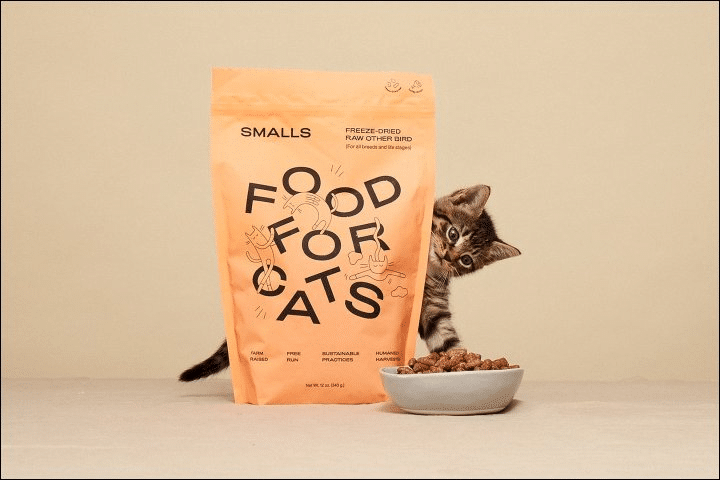
Source: google.com
Iams Proactive Health Indoor Dry Cat Food – Best Value
Thanks to the ingredients in Iams Proactive Health Indoor Dry Cat Food, it will provide your cat with a well-balanced diet. Keeping a healthy weight is very important for indoor cats who don’t get as much exercise as they should. Ingredients like beet pulp can help reduce hairballs in cat breeds like Persians, who shed a lot.
As far as shedding goes, Persian cats also have a luxurious coat of fur that needs to be groomed regularly. As well as keeping their fur shiny and healthy, this food contains omega-3- and omega-6 fatty acids. Although it can be challenging for Persian cats to digest, the dry food will also help them maintain good dental health. Ensure you provide your cat with plenty of water to keep him hydrated. There is no better Persian cat food on the market for the money than this one.
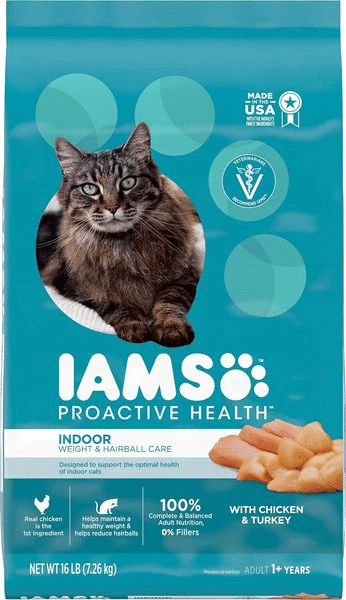
Source: google.com
Royal Canin Persian Dry Cat Food
In terms of nutritional value and shape, this dry cat food is specifically designed for Persian cats. The almond-shaped kibbles in Royal Canin Persian Dry Cat Food are designed to make eating dry cat food easier for Persian cats. With this unique shape, the cats can pick up their food more quickly, digest it more efficiently, and keep their teeth healthy.
Because of its high protein and fatty acid content, this combination helps reduce hairballs and promotes a healthy coat. Plant-based ingredients are used instead of meat, which is the best for cats’ health. Some of the ingredients, however, are cheap and low-quality. Though it does not contain many artificial ingredients, which is not always true of cat foods.
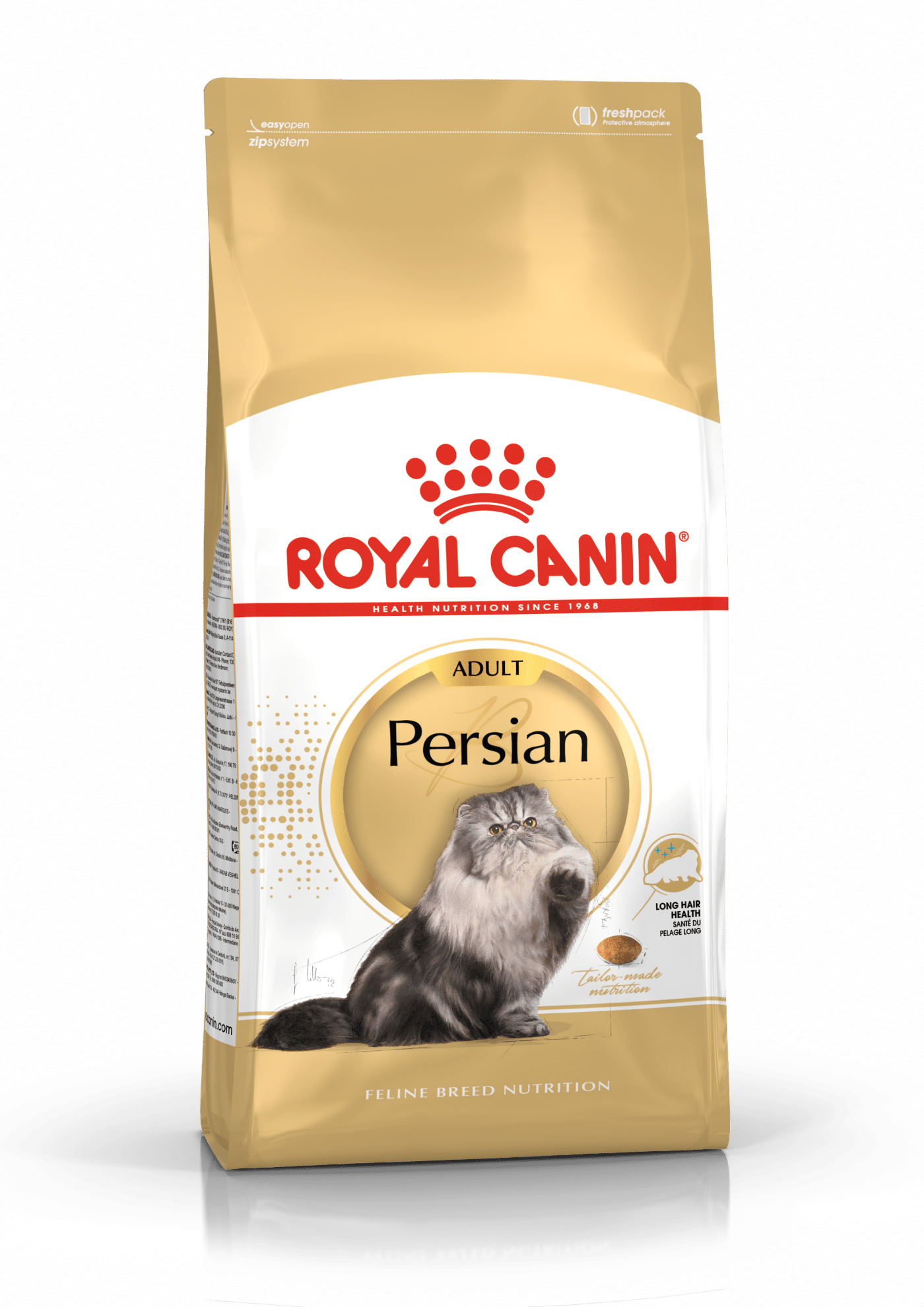
Source: google.com
Royal Canin Persian Kitten Dry Cat Food – Best for Kittens
When young, purebred cats can benefit from a nutritious diet to help keep them healthy. You can strengthen your kitten’s immune system by feeding him Royal Canin Persian Kitten Dry Cat Food. A kitten’s fur can also become shiny and healthy when nourishing it with fatty acids.
Since the kibble is small enough to fit in your kitten’s mouth quickly, he won’t have trouble eating and digesting the food. Some of the ingredients in this food aren’t as beneficial for cats’ diets as those in higher-quality plant foods, but it doesn’t contain artificial ingredients. Kittens between the ages of four and twelve months thrive on Royal Canin Persian Kitten food.

Source: google.com
Blue Buffalo Chicken Pate Canned Cat Food
Due to a shortened jaw, Persian cats cannot eat dry cat food because of their flat face, although they are cute. Our Persian cats love this Blue Buffalo Chicken Pate wet cat food because it contains nutrients. Your adult cat will enjoy the soft, wet texture that makes it easy to eat and digest.
This food is made with real chicken and has a delicious flavour that cats enjoy, as well as other high-quality ingredients that will help keep your cat healthy. Furthermore, it does not contain preservatives, artificial flavours, or grains and corn. There are three sizes, 5.5 sizes and 12.5 sizes, available to suit cats that stay indoors, such as Persians.
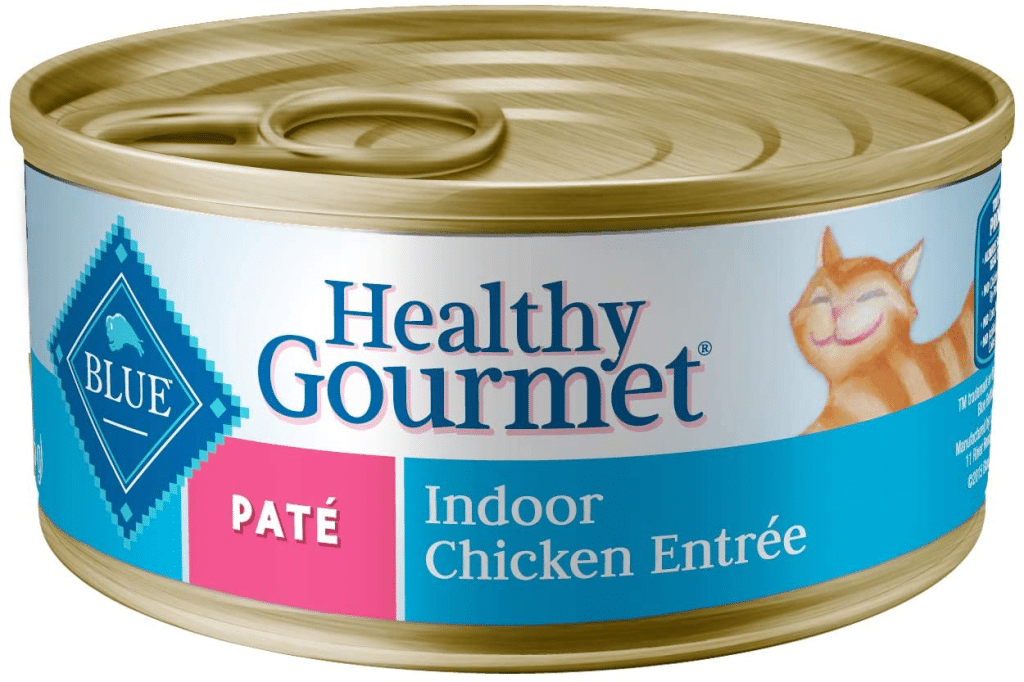
Source: google.com
Purina Fancy Feast Seafood Pate Wet Cat Food
Wet cat food for Persian cats is called Fancy Feast because it is like a gourmet feast for your cat. Featuring a variety of seafood flavours, the Seafood Classic Pate is easy to eat and digest for your cat. Having a shiny coat, lean muscles, and healthy eyes will be easier with this food, which contains a high amount of protein. The amount of food you feed your cat should be one can account for every 3 pounds, so if your cat is large, you might go through this food very quickly.
You can feed your cat a nutritious and well-balanced diet by mixing this food with real fish and high-quality ingredients. You can also provide your cat with more water with wet food so that he can stay hydrated and digest the food more efficiently. While adding moisture to wet food can help prevent tooth decay, wet food is not necessarily better for keeping your cat’s teeth healthy.
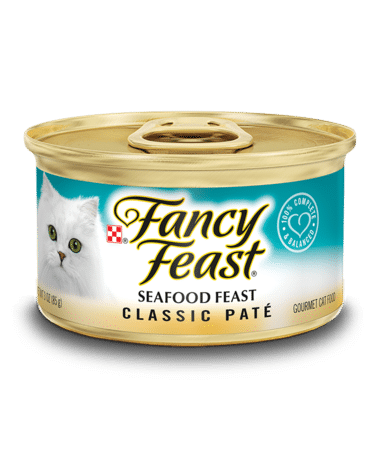
Source: google.com
Purina ONE Chicken Pate Canned Cat Food
There is no corn, wheat, or soy in Purina ONE Chicken Pate cat food. Your cat will benefit most from meat-based proteins since plant-based ingredients provide fibre for him. In addition to being hydrating and supporting healthy digestion, the formula also contains a lot of moisture.
Your Persian’s skin and fur will remain shiny and healthy thanks to antioxidants and omega-fatty acids. This food has no fillers or preservatives, and all ingredients are natural. Furthermore, it contains less than 100 calories per can and very little fat, so it’s a great choice if your cat is on a diet.
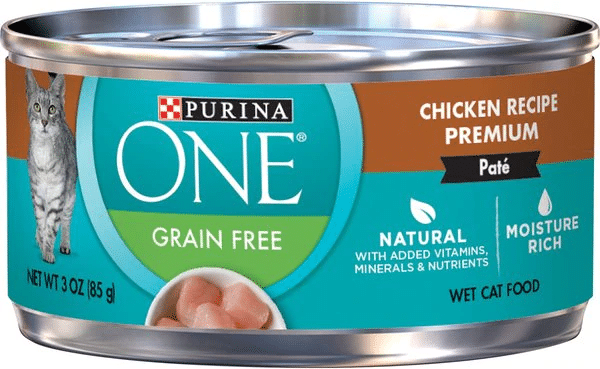
Source: google.com
Purina Cat Chow Hairball & Weight Dry Cat Food
Cat Chow Indoor Hairball and Healthy Weight Dry Cat Food is a good choice for cats such as Persians that spend a lot of time indoors. No artificial flavours are added to this food, and it contains 25 vitamins and minerals your cat needs to stay healthy. The fibres in this product help to prevent hairballs, while the low fat and nutrient content helps your cat to stay fit.
Having chicken as the main ingredient contributes to this cat food’s high protein content. Plant-based protein sources are less beneficial to your cat’s health than animal-based protein sources. Although these plant ingredients contain a great deal of fibre, your cat will benefit from them because it aids digestion.
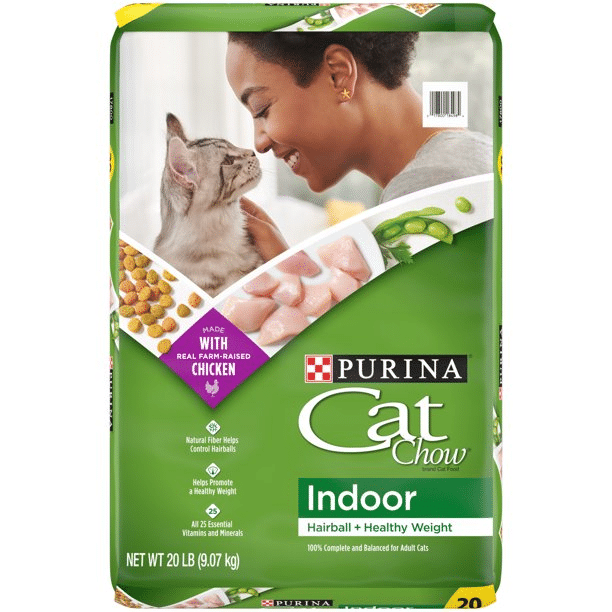
Source: google.com
Friskies Indoor Pate Chicken Canned Cat Food
Chicken and spinach are the main ingredients in this Friskies Classic Pate Chicken cat food. This formula adds taurine, which contributes to the health of your cat’s eyes and heart. This fibre supports urinary health and digestion due to its 78% moisture content.
Compared to other cat foods, this food contains meat and plant proteins and a lower protein content. Omega fatty acids support healthy skin and fur and antioxidants that prevent disease. Despite its nutritional benefits, it contains artificial flavours.
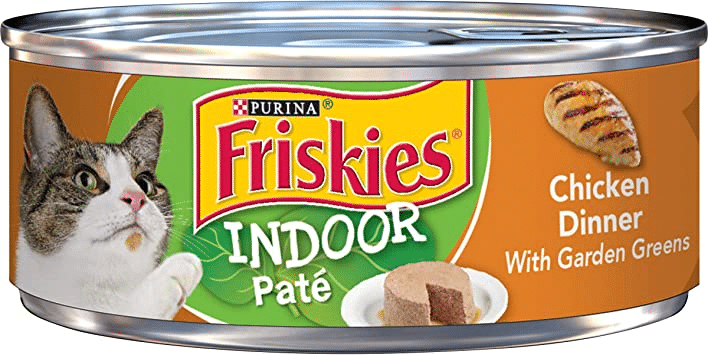
Source: google.com
HALO Chicken Pate Indoor Cat Canned Food
HALO Chicken Pate wet cat food provides a balanced diet for indoor cats like Persians. The ingredients are sustainably sourced and contain real chicken. The product does not contain any artificial ingredients or fillers. It supports a healthy heart, digestion, and vision. Grain-free wet cat food contains spinach, an antioxidant and vitamin-rich vegetable.
In addition to having over 200 calories per can, this food also contains 9% fat. Wet cat foods like these contain much higher amounts of protein and fat. Cats not as active or considered overweight may find the high-calorie content too much even though this food is designed for indoor cats.

Source: google.com
What is better for Persians, wet or dry food?
A Persian cat’s flat face results in a short jawline because of the shape of its face. Due to the crunchiness and extra chewing involved, dry cat food can be more difficult for them to eat. Depending on the Persian, some will be able to eat dry cat food well, while others may have trouble or eat less than they should.
Due to its soft, smooth texture, wet food is preferred by cats due to its ease of chewing and biting. You can also make your cat digest wet food more quickly since it contains lots of moisture. However, you may have to buy more food if you feed your cat wet food since it may go through it more quickly than dry food.
You should look for brands with smaller-sized kibble if you want to feed dry food to your cat. By reducing kibble size, your Persian will have an easier time chewing and digesting it. If your cat is eating dry cat food, you should also provide them with plenty of water to help them stay hydrated and aid in their digestion.
Additional Information:
- Over 80 colour combinations are available for modern Persian cats.
- 1871 was the year of the first modern cat show in London, which featured Persians.
- Silver Persians were pushed in the U.S. to become their breed. Cat shows normally consider silvers and goldens to be Persians, but this was rejected.
Conclusion
It would be best to consider a few things before choosing the right Persian cat food. It would be best to consider the individual’s age, personality, health, and activity level. All these factors will influence the food you choose for your cat.
If you are unsure which food is best for your pet, don’t hesitate to consult your vet.
To maintain good health, you must eat a balanced diet that includes wet and dry foods. You will provide your Persian cat with the best and highest-quality food with any of these cat foods.
FAQs
What is the recommended feeding frequency for Persian cats?
It is recommended that Persian cats eat once per day. Kittens should eat around three times a day when they are young.
How should cats’ food be made?
Cats have a very different diet from humans. Cats must eat meat, as they are inherently carnivorous and require a lot of protein. Additionally, the digestive tract of these animals is shorter than that of humans, so food doesn’t spend as much time in the stomach or intestines as it does in humans. Because raw food isn’t broken down as much before entering the small intestine, it is easier for cats to digest raw food. Though domesticated cats can have raw meat, it is recommended to give it in small infrequent portions as a treat, alongside their typical manufactured soft food.
Can you tell me how to keep my Persian cat healthy?
There are many breeds of cats worldwide, but Persian cats are among the most popular. A Persian cat’s fur is often mistaken for its distinctive long, fluffy coat.
A Persian cat’s health depends on several factors. Your Persian cat will be happy and healthy if you feed them the right food, provide them with enough water, and maintain a clean environment for them.
What is the best way to clean the eyes of my Persian cat?
Due to their flat face, Persian cats are more likely to get eye infections. Regularly cleaning your pet’s eyes is the best way to ensure they have healthy eyes. You can gently wipe the eye area with a damp cloth.
Are Persian cats allowed to eat bananas?
The Persian cat does not have an allergy to bananas but does not seem to enjoy them. Bananas may upset the stomach of a Persian cat because they are too sweet. Cats prefer different types of fruit to bananas, so it’s better to offer them something different.
Are Persian cats able to drink milk?
As a carnivore, the cat eats meat. As a primary source of nutrition, cats are not designed to digest milk. Cats can’t survive solely on milk.
Why are certain ingredients healthy for cats?
It is difficult for cats to stay healthy because they need a diet high in protein and low in carbohydrates. Grains and sweet potatoes, for example, are not well metabolised by cats, so they should be avoided. Lean beef, white fish, and eggs are the best protein sources for cats.
Any inquiries? Contact us
